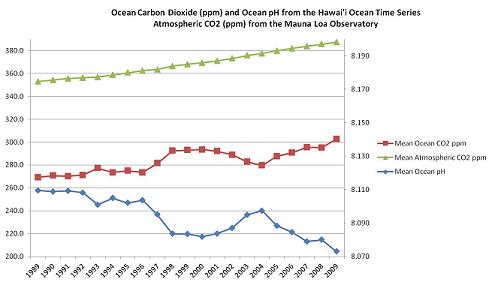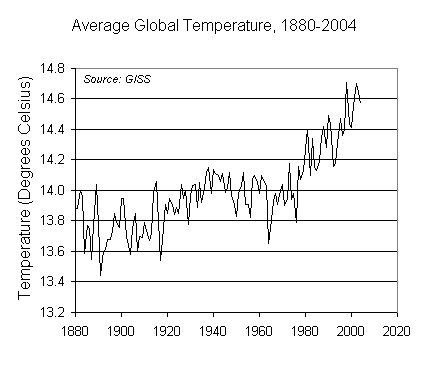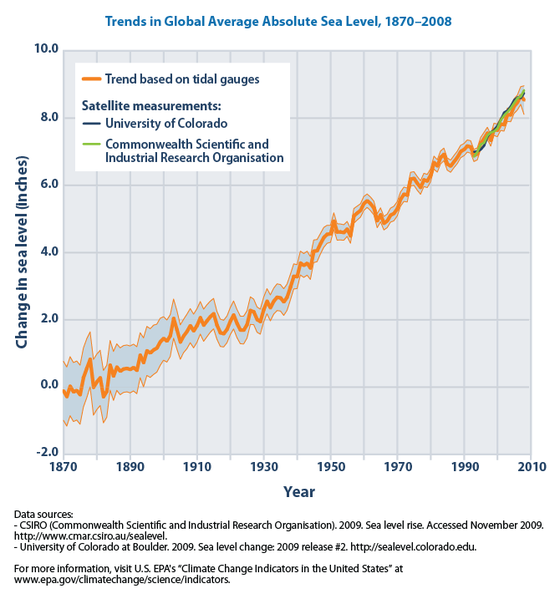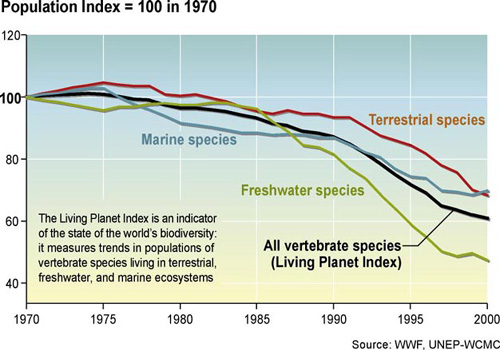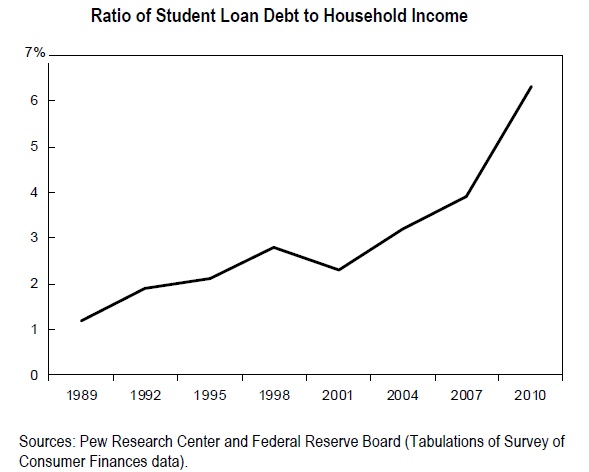8.1 The pre-occupation
To many in the outside world, and in particular members of the global elite and mainstream media establishment in the U.S., the outbreak of protests on Wall Street appeared spontaneous. As they’re wont to do, journalists and photographers flocked to the sensational, the lurid, the weird. Unsurprisingly, the initial impression the majority of onlookers received through the lens of the predominantly corporate-owned media was one of stereotypical flaky kids, hippies, granola guzzlers and tie-die enthusiasts, wandering minstrels with four-string guitars, ‘60s rejects, malcontented ingénues with some growing up to do. Not only was much of the early coverage of Occupy Wall Street slanted and skewed, it also failed to reflect the motivations of the majority of protesters, failed to ascertain the movement’s rationale, and failed to appreciate the months of planning that had preceded it (Gitlin, 2012).
Contrary to the general sentiment of novelty and spontaneity among outsiders, and oblivious derision that rained down from the heights of power, community organizers had in fact begun to plan the congregation well in advance. Kalle Lasn’s Adbusters issued the “call to occupy,” along with the post-script “Bring a tent,” on June 9. On June 14, a group of anti-austerity protesters established “Bloombergville” in Zuccotti Park—a tent village inspired by the Hoovervilles of the 1930s—which held daily general assemblies during its brief lifespan. On August 2, a group of activists gathered at the Wall Street bull for a preliminary planning session—a precursor to what would later become the Occupy General Assembly. By September 17, hashtags and chatter related to the occupation had spread broadly, and by November 15, the movement had inspired more than 4.4 million tweets, and hundreds of thousands of posts on blogs and other social fora. Social media thus represented, in a way reminiscent of the Arab Spring uprisings, a redoubtable vehicle for sharing information among activists and observers, a forum by which organizers could coordinate their plans, sympathizers, share and reaffirm their grievances, and political thinkers, expound on the causes they hoped to champion.
For the initial weeks of the Zuccotti Park occupation, demonstrators bemoaned a “media blackout.” But this was not entirely the case; rather, news articles and features began to appear in various media soon after Sept. 17, but few were sympathetic to OWS. One of the first analytical articles on the Manhattan encampment came from Ginia Bellafante of the New York Times on Sept. 23, 2011—under the headline “Gunning for Wall Street, with Faulty Aim.” Bellafante’s piece portrayed the movement as disorganized, dominated by “hippies” and fringe elements, intellectually vacuous, and lacking in clarity, articulacy, coherence and leadership. At least as memorable as Bellafante’s appraisal was a segment of CNN anchor Erin Burnett’s program OutFront in October, which ridiculed the protests and questioned Occupy’s raison d’etre given that, Burnett asserted, the big banks had already repaid their bailout funds to the U.S. treasury, with interest. (This statement was later proven incorrect in spectacular fashion, when a Nov. 2011 audit of the U.S. Federal Reserve revealed $7.7 trillion in loan guarantees that had been hidden from the American people—$111 billion of which was earmarked for a capital injection into Canada’s largest banks that the Canadian government continues to disavow.)
Likewise, Occupy was not without precedent, having been inspired by the Arab Spring, the Indignados Movement and labour unrest in Madison, Wisconsin that same year (Castells, 2012). But it also stood on the shoulders of decades of American resistance movements that preceded it: from the battle for universal suffrage beginning in the 19th century; to labour unrest during the Great Depression; the civil rights and anti-war demonstrations of the 1960s; anti-nuclear and environmental protests in the 1970s and ‘80s; and uprisings against economic globalization and corporate hegemony in the 1990s and 2000s. Occupy not only shared the spirit of protest movements from years past, but borrowed and built upon their tactics as well. Like a living organism, the art of resistance evolves from one generation to the next, and OWS, in 2011, was merely the latest manifestation of the force of popular dissent that has won millions of people the freedoms they now enjoy (Gitlin, 2012; Zinn, 2010).
8.2 The General Assembly: hand signals, horizontality, consensus, and their origins
Many aspects of the process and manner of organization characteristic of Occupy owe their origins to prior social movements and institutions. The General Assembly was introduced into the Civil Rights movement by the Quakers in the 1960s, but has roots in antiquity, having played an instrumental role in the consensus decision-making of Athenian direct democracy. The eight primary hand signals used by Occupy protesters—raising one’s hand to speak, pointing to elicit a direct response, curling one’s hand into the shape of a letter “c” to request clarification, or forming a letter “o” with one’s thumbs and forefingers to issue a point of order, “twinkling” and “de-twinkling” one’s fingers to display approval or disapproval, the raised fist of opposition and the crossed forearms indicating a “block”— all trace their origins to prior social movements. The concept of horizontality—or horizontalidad—first emerged during popular uprisings in 2001 in Argentina, in the wake of that country’s own devastating financial crisis. The intent of this mode of group organization and dynamics was to eliminate hierarchy within political movements, which served the dual purpose of averting cults of personality, power struggles and envy, and of engendering a revolt whose leaders the powers that be could not undermine through systematic campaigns of character assassination (or, as in the case of Dr. Martin Luther King, Jr., physical assassination).
Marina Sitrin, an Occupy organizer who has been involved in various working groups within the movement, described the solidarity shown by many New Yorkers on one of the first nights the Zuccotti Park protesters faced eviction, as one of the more memorable moments of her Occupy experience.
In a show of support for the Zuccotti occupation, and even at risk of personal arrest, Sitrin recalls, “people mobilized from throughout the city, from all different sectors…[University students, union members, high school students and parents] came, beginning around 4:30-5:00 in the morning, from all around New York City.”
“It was a moment where Occupy was clearly something much bigger than what was happening in the park.”
Occupy has also added to the repertoire of protest a few innovations of its own—like the “Human Mic”—which arose from a need for non-electronic vocal amplification, in response to a New York City bylaw prohibiting the use of electronics. While some of the protesters’ chants will be familiar to veterans of popular dissent, like “Whose streets? Our streets!”, “The people, united, will never be defeated!”, or “Hey hey, ho ho! The status quo has got to go!”, at least one novel chant emerged from OWS and became the movement’s signature rallying cry: “We…are…the 99 per cent!” In due course, these tactics spread, disseminated through the use of social media, to sister Occupations throughout the continent, and eventually around the world.
8.3 Other occupations materialize
Occupy’s encampments were deliberately designed to represent microcosms of a collectivist, sustainable society, of the sort Occupiers hope will prevail in the future, but the specific logistics of which remain more theoretical than concrete. Whilst populating public spaces, Occupy campers have developed their own models of political economy and division of labour, their own libraries and places of learning, their own methods of resource allocation and citizen engagement. Participants in the Occupy movement aspire to an ideal of co-operative living, consensus-based decision-making, sustainability, egalitarianism, a robust and accessible public commons that encourages the sharing of ideas, and the prioritization of “people before profit.” But the Occupy sociopolitical model has not been without its challenges, setbacks and regrets: laborious general assemblies that tested Occupiers’ patience and commitment to the consensus approach; the incidence of problems from the wider world, like male sexual violence against women, drug and alcohol abuse, homelessness, racism, and petty crime; painful but necessary confrontations arising from patriarchy and various forms of privilege; police crackdowns and mass arrests; chilly and inclement weather that tried the mettle of even the most dedicated activists.
Reflecting on his experience in the movement, Occupy Vancouver organizer and Simon Fraser University professor Stephen Collis recalls a time of euphoria and novelty, of shifting paradigms and cognitive challenges, of learning new lessons and relearning old ones, of hostilities and perceptions imported from society at large and the struggle to overcome them, and of that unique form of camaraderie and solidarity that emerges when people who share common desires, but envision disparate ways to attain them, confront challenges together.
Collis was motivated to join the movement, he explained, by a feeling of dissatisfaction with the unequal structure of Western capitalist society, a circumstance he felt was worsening rather than improving in the wake of the 2008 financial crisis, as governments in the industrialized world resorted to austerity measures in an effort to clean up a mess left by unscrupulous, billionaire bankers.
“Their [governments’] response to the economic crisis was to make poor people pay the burden, and use public funds to bail out people at the top, cut programs for people at the bottom,” he recalls. “It seemed as though their response to inequality was, ‘Well, let’s just really increase the inequality, and see if that gets us out of this somehow.’”
“So, when the Occupy movement happened, it seemed like a real chance to at least gather with people who were, similarly, feeling frustrated, and talk about that, and see what common ground there was, what kind of world people would actually prefer to live in.”
To justify a collective embrace of austerity, numerous policymakers throughout the Western capitalist sphere have cited a study by economists Carmen Reinhart and Kenneth Rogoff of Harvard University, claiming that countries with a debt-to-GDP ratio near or above 90 per cent would begin to experience declining economic growth. (Leave aside the fact that perpetual economic growth is a questionable priority in the first place.) However, the deduction of Reinhart and Rogoff was illogical; it drew no distinction between countries with sovereign currencies and Eurozone states, or between those (like the U.S.A.) with a formidable stockpile of commodity assets and others (like Belgium) with virtually none. Moreover, their argument did not consider the role of privately held debt even in passing. The authors also mistook correlation for causation and, more embarrassingly, committed a crucial arithmetic error by copy-pasting the wrong column of figures in an Excel spreadsheet. Despite all this, the findings of Reinhart and Rogoff were immediately adopted as gospel by credulous economists and politicians alike, before finally being debunked in April of 2013 by Thomas Herndon, an astute 28-year-old graduate student at the University of Massachusetts-Amherst.
But despite the disintegration of any semblance of a sound evidentiary foundation for their budget cuts, both main political parties in the U.S., the Harper government in Canada, and technocratic administrations in the European Union all remain steadfast in their conviction that further cutbacks—and, correspondingly, further increases in the wealth disparity between the richest and the poorest in society—are the key to future economic prosperity.
In the process, critical government programs and services are being slashed, eliminated, or underfunded, billions of dollars are being systematically siphoned out of the global economy and into corporate coffers, growth in gross domestic product is stalling, contracting or anemic in most Western capitalist democracies, and millions of civilians are losing their jobs, their homes, their livelihood, and in extreme cases, even their lives. Meanwhile, multinational corporations and private equity buccaneers are swooping in to buy up the assets cash-strapped administrations are relinquishing—like Greece’s gold stocks, Ecuador’s Yasuni oilfield, Cyprus’s natural gas, and Ireland’s offshore hydrocarbons—often at a discount, in an effort to move expenses off the public books and settle debts. In Spain, and to a lesser extent in the U.K., universal healthcare systems have been privatized in the governmental scramble to de-leverage. In the U.S., “sequestration” cuts have denuded many program budgets. And in Canada, the federal administration has effected deep budget reductions that threaten services Canadians depend on (like food inspection, environmental monitoring, and funding for emergency assistance by the Canadian Forces).
“When I look back on 2011, the Harper government had just been elected to a majority, and I don’t think we knew yet, the extreme program that they were going to set out upon,” Collis recounts. “And Occupy, here in Canada, wasn’t a direct response to Harper and his policies, but the ideology that he represented was very clearly what people [who participated in the movement] were opposing.”
Collis admits that he is somewhat mystified that the outcry against the government’s policy agenda has not been louder or more sustained. After Canadian Occupy encampments were forced to disband in November of 2011, mass popular resistance has—at least where appearances are concerned—fizzled out.
“I guess it could be that whole ‘frog in a pot of water’ kinda thing, where it’s not got really bad yet for most Canadians,” he speculates, “even though it is really bad for a lot of Canadians.”

